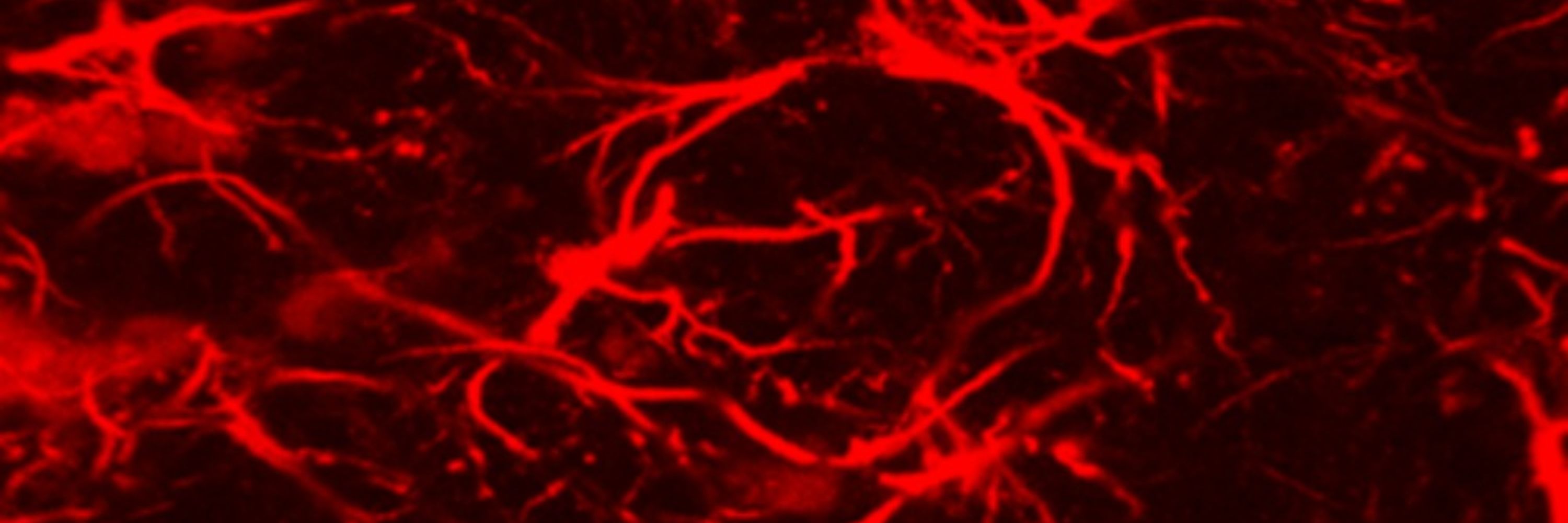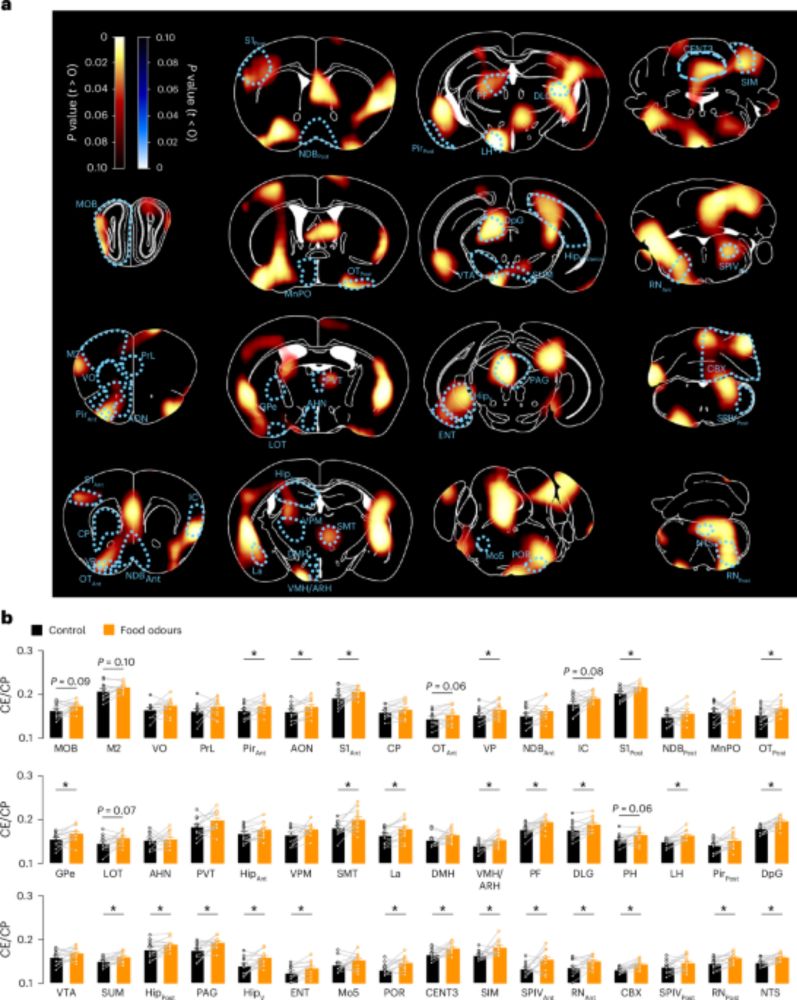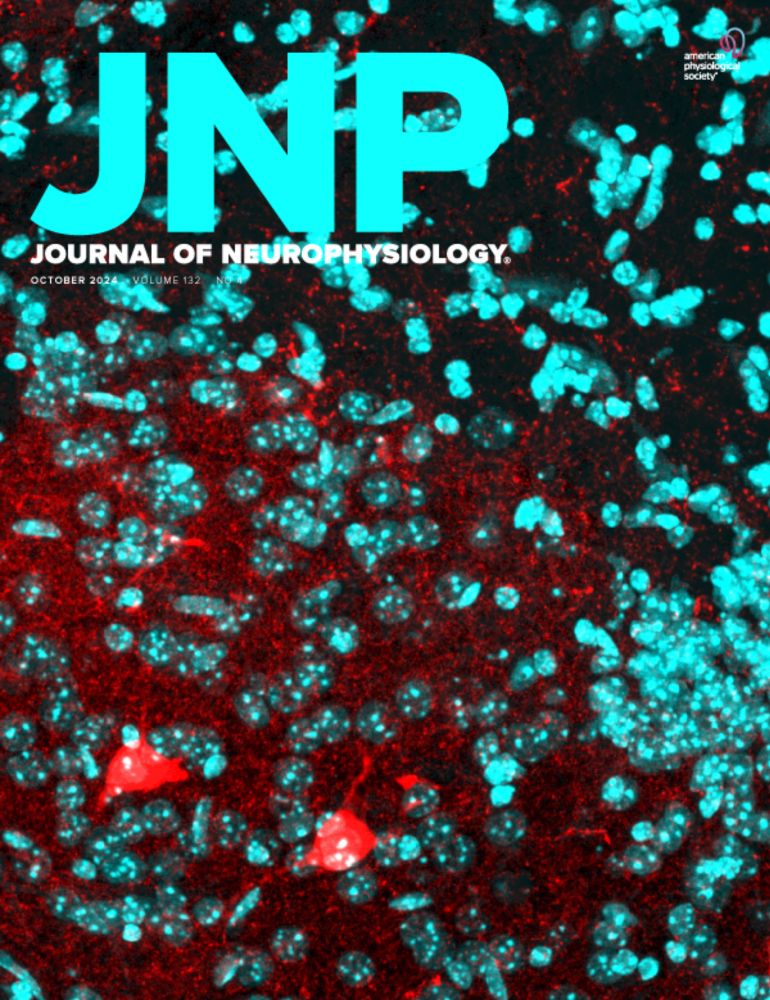Claire Martin
@clairmar.bsky.social
1.1K followers
1.2K following
10 posts
Neuroscientist CNRS Université Paris Cité,
Olfaction, Feeding Behavior, Astrocytes, Oscillations, Anosmia
Posts
Media
Videos
Starter Packs
Reposted by Claire Martin
Reposted by Claire Martin
Venki Murthy
@neurovenki.bsky.social
· Sep 1

Mice navigate scent trails using predictive policies
Animals actively sense their environment to extract features of interest to guide behaviors. For mammals, odors are prominent environmental features which are sampled by active modulation of sniffing ...
www.biorxiv.org
Claire Martin
@clairmar.bsky.social
· Aug 5
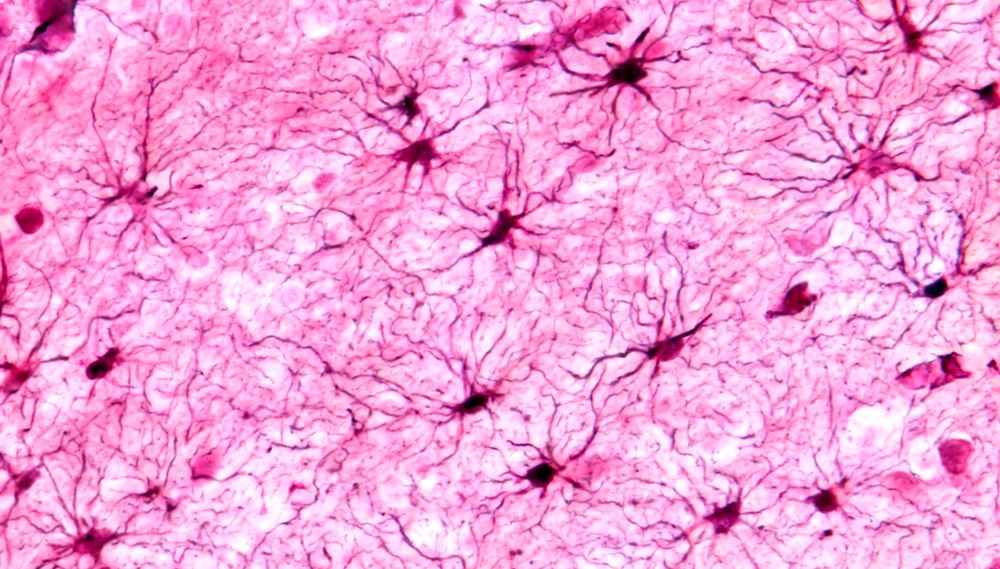
Les astrocytes jouent un rôle inattendu dans l’obésité
En modulant l’activité des astrocytes dans le cerveau de souris obèses, des chercheurs ont montré que ces cellules influent sur la flexibilité cognitive et sur le métabolisme corporel.
www.pourlascience.fr
Claire Martin
@clairmar.bsky.social
· Jul 22
Claire Martin
@clairmar.bsky.social
· Jul 14
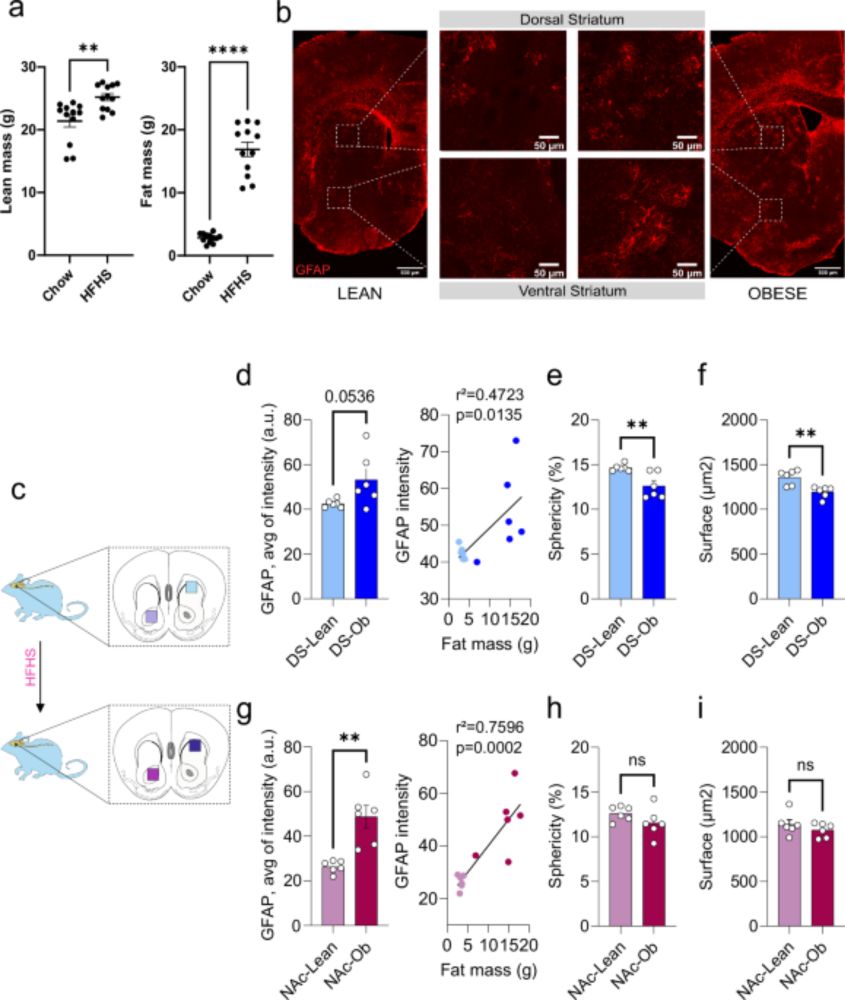
Striatal astrocytes modulate behavioral flexibility and whole-body metabolism in mice - Nature Communications
Striatal neural circuits control reward-associated behaviors but the role of astrocytes is still unclear. Here, the authors show that chemogenetic manipulation of striatal astrocyte in mice restore ob...
www.nature.com
Claire Martin
@clairmar.bsky.social
· Jun 29
Claire Martin
@clairmar.bsky.social
· Jun 21
Reposted by Claire Martin
Claire Foldi
@foldi.bsky.social
· Jun 21
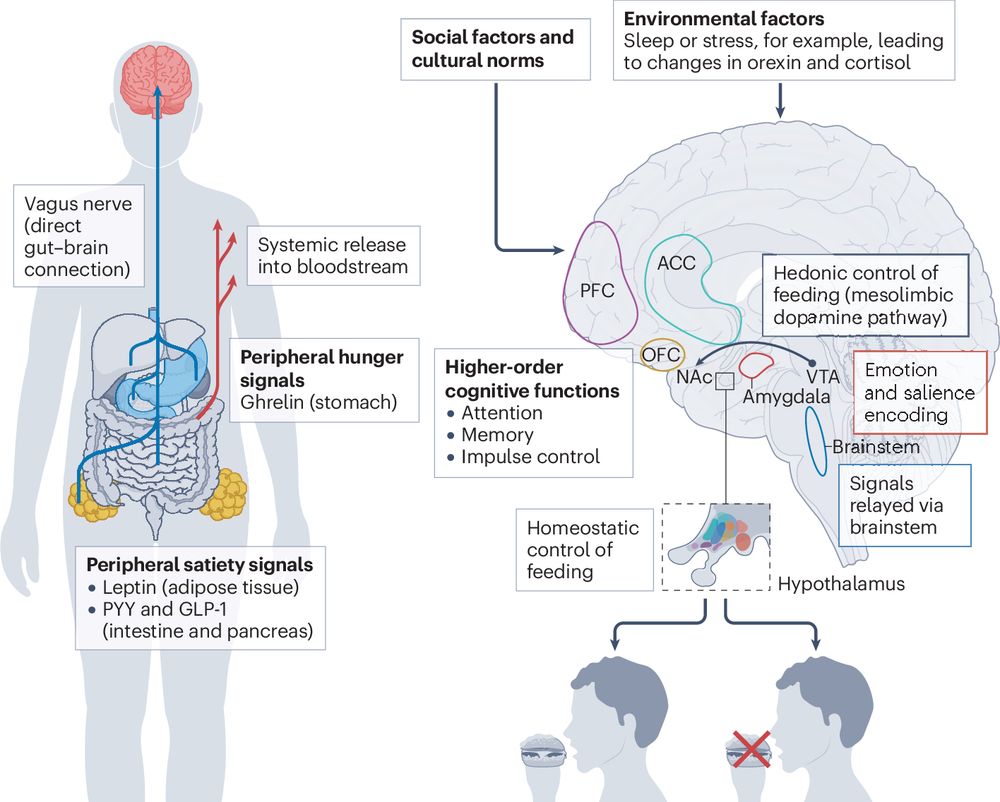
Examining the biological causes of eating disorders to inform treatment strategies
Nature Reviews Neuroscience - Recent years have seen a growth in our understanding of the biological drivers of eating disorders and their interactions with environmental and psychosocial factors....
www.nature.com
Reposted by Claire Martin
Reposted by Claire Martin
Joel Mainland
@jmainland.bsky.social
· May 7
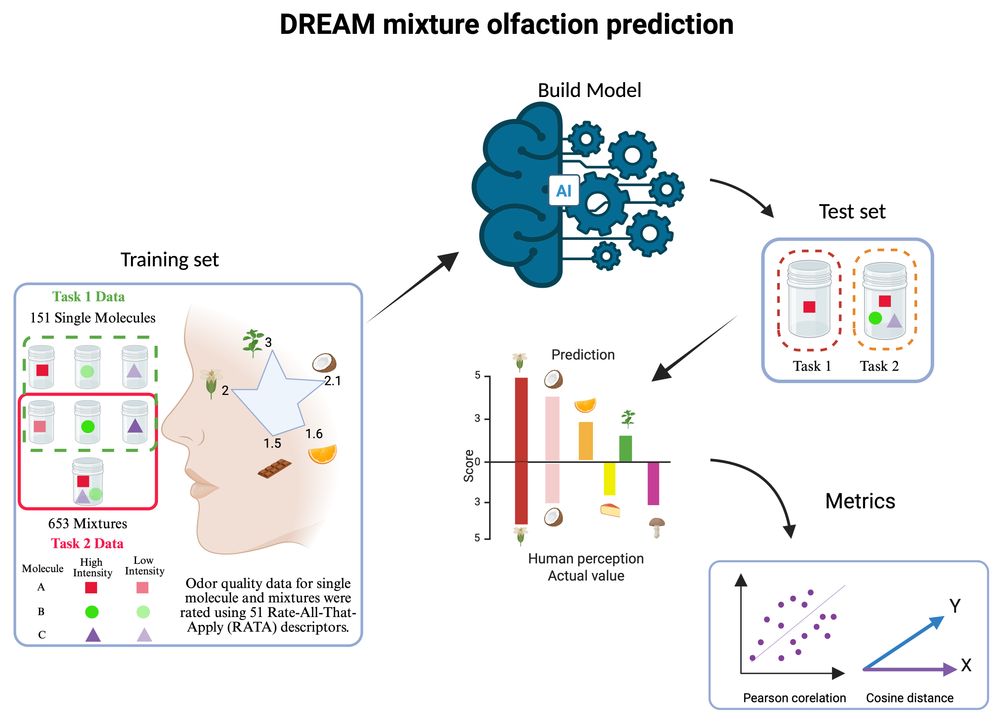
DREAM Olfactory Mixtures Prediction Challenge 2025
'DREAM Olfactory Mixtures Prediction Challenge 2025' (Synapse ID: syn64743570) is a project on Synapse. Synapse is a platform for supporting scientific collaborations centered around shared biomed...
www.synapse.org
Reposted by Claire Martin
Reposted by Claire Martin
Catherine Dulac
@dulaclab.bsky.social
· Feb 26
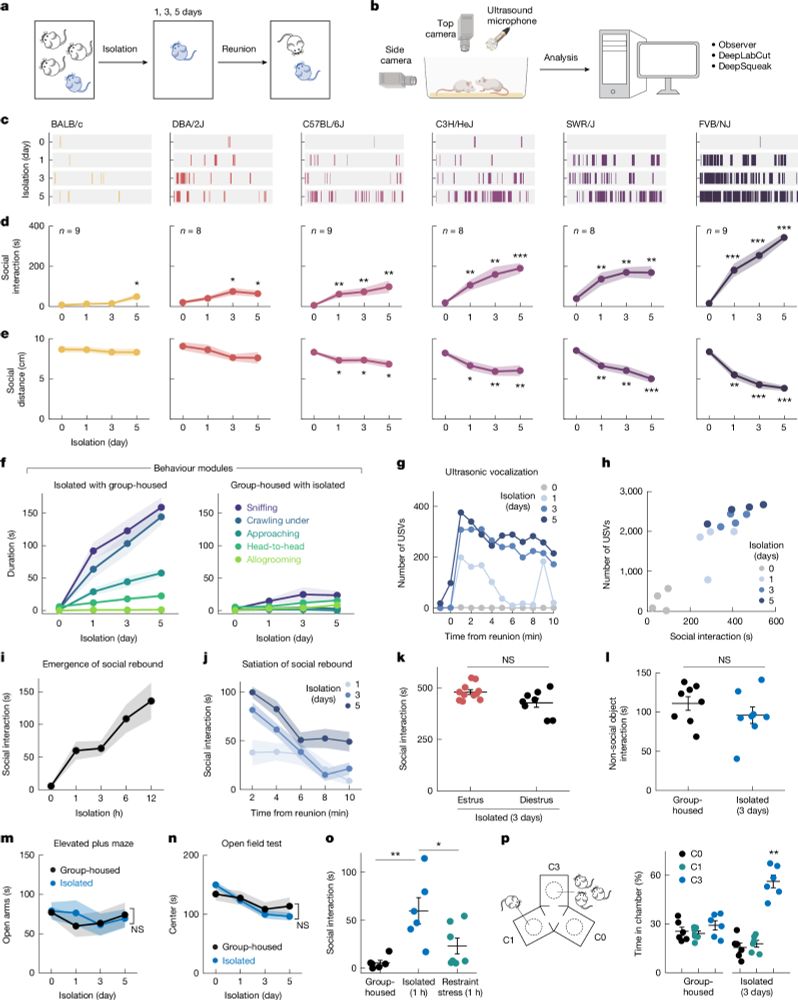
A hypothalamic circuit underlying the dynamic control of social homeostasis
Nature - New data on brain-wide circuits centred around two interconnected hypothalamic neuron populations provide significant mechanistic insights into the emergence of social need during social...
rdcu.be
Claire Martin
@clairmar.bsky.social
· Feb 8

13* 1/2 Un monde sans odeur : Jean-Michel Maillard, Président de Anosmie.org avec l'éclairage médical de Véronique Marché | Ausha
Pour ce mois de février, j'ai souhaité mettre un coup de projecteur sur un handicap méconnu et souvent passé sous silence l'anosmie...
Qu'est-ce que l'anosmie ?
Ce mot vous rappelle peut-être vagu...
podcast.ausha.co
Reposted by Claire Martin
Shane Liddelow
@liddelowsa.bsky.social
· Jan 31
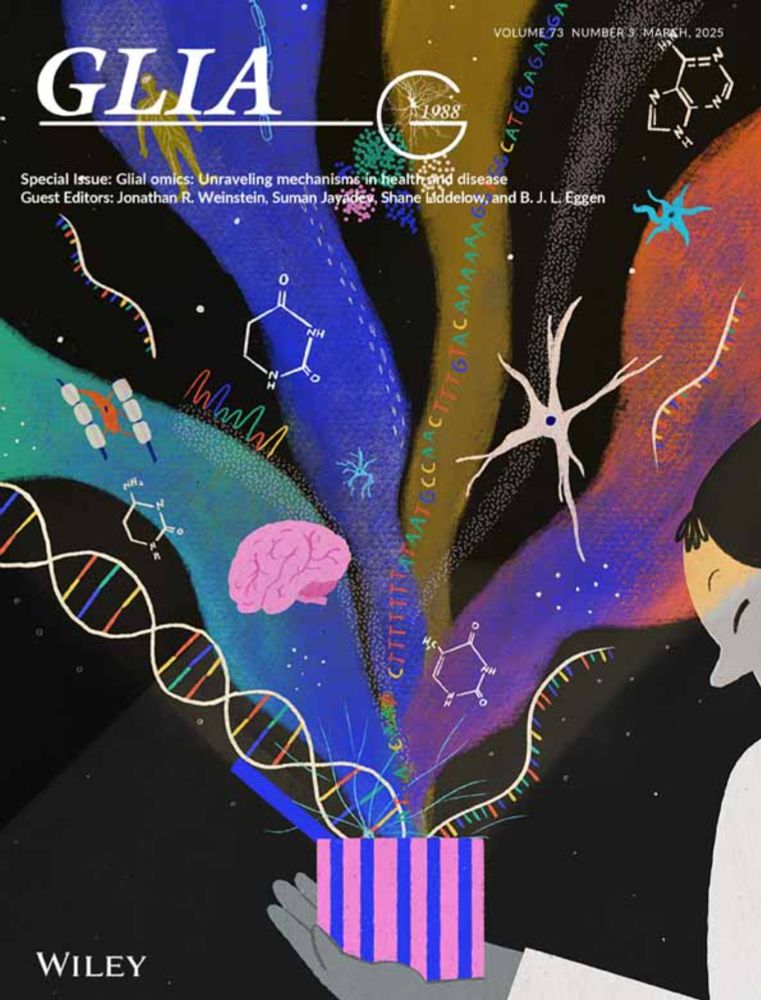
Special Issue: Glial omics: Unraveling mechanisms in health and disease: Glia: Vol 73, No 3
Glia is the top neurobiology journal for research into glial cells (also called gliocytes or neuroglia). Articles cover all aspects of glial cell biology in health and disease.
onlinelibrary.wiley.com
Reposted by Claire Martin
Bob Pellegrino
@kingfunk.bsky.social
· Jan 26

The Effect of Olfactory Disorder (and Other Chemosensory Disorders) on Perception, Acceptance, and Consumption of Food
People with changes in the overall sensory experience of food often complain of taste disturbances, although the problem is normally caused by the loss of aroma in the food (thus an olfactory disorder...
link.springer.com
Reposted by Claire Martin
Reposted by Claire Martin
Reposted by Claire Martin
Reposted by Claire Martin
